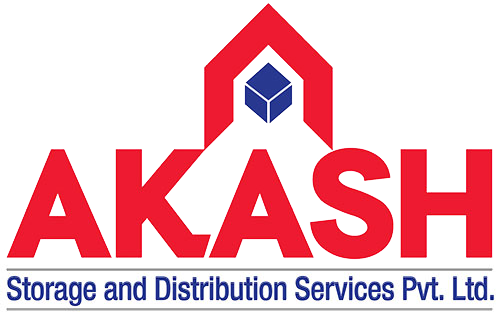In today’s competitive business environment, managing inventory effectively can make or break an organization’s operational success. For companies striving to optimize their supply chain, reduce waste, and improve productivity, Just-In-Time (JIT) inventory management has become a popular solution. Let’s explore how JIT practices streamline inventory and why it’s a game-changer for businesses.
What is Just-In-Time (JIT)?
Just-In-Time is a production strategy where inventory is replenished only when it’s needed, reducing the excess stock and minimizing waste. Originating from Japan, particularly Toyota’s manufacturing system, JIT focuses on improving efficiency by producing and delivering goods in exact quantities and timing needed for immediate production or sale.

Key Benefits of JIT Inventory Management
- Reduced Holding Costs Traditionally, companies hold large amounts of inventory to avoid stockouts. However, this ties up capital in unsold goods and increases storage costs. With JIT, businesses only store minimal amounts of inventory, freeing up resources and reducing expenses associated with warehousing, insurance, and handling.
- Minimized Waste JIT practices ensure that inventory is only ordered when required, minimizing the likelihood of obsolete or expired goods. This lean approach reduces waste, especially in industries like food, pharmaceuticals, or technology where shelf life or market demand can be unpredictable.
- Increased Cash Flow Since JIT reduces the amount of money tied up in inventory, businesses have more cash available for other investments, such as research and development or expanding their operations. This improved liquidity allows companies to remain agile in a fast-paced market.
- Improved Supplier Relationships JIT requires strong collaboration with suppliers to ensure timely and consistent deliveries. Building solid relationships with trusted suppliers ensures smooth operations, reduces lead times, and prevents delays that could halt production.
- Enhanced Product Quality As JIT focuses on lean manufacturing principles, it encourages companies to enhance production processes and improve quality. By optimizing the supply chain and reducing excess inventory, manufacturers can focus more on quality control, reducing defects and improving customer satisfaction.
How JIT Streamlines Inventory Management
- Demand Forecasting JIT practices rely heavily on accurate demand forecasting. By understanding customer buying patterns and market trends, businesses can predict when and how much inventory to order, ensuring stock levels match demand closely.
- Efficient Supply Chain Coordination Effective communication between suppliers, manufacturers, and retailers is vital for JIT to work. With the help of technology like Enterprise Resource Planning (ERP) systems, businesses can automate and streamline communication, improving coordination throughout the supply chain.
- Lean Production Methods JIT encourages lean production, which means producing only what’s necessary to meet immediate demand. This prevents overproduction and excess inventory, which can lead to inefficiencies. Lean methods such as Kanban systems and continuous improvement processes help businesses refine production schedules and reduce lead times.
- Real-time Data and Technology Integration Integrating real-time data analytics and automation into inventory systems can further streamline JIT processes. By leveraging inventory management software, companies can monitor stock levels, track orders, and adjust to fluctuations in demand quickly.
- Reduced Lead Times JIT demands shorter lead times, meaning businesses need to receive supplies quickly and reliably. This encourages the optimization of transportation and delivery processes, reducing the time it takes for inventory to be replenished.

Potential Challenges of JIT
- Supply Chain Disruptions: JIT heavily depends on reliable suppliers and transportation. Any disruption in the supply chain can lead to stockouts and production delays.
- Initial Setup Costs: Implementing JIT requires a robust system for tracking and forecasting inventory needs, which may involve significant upfront costs for software and infrastructure.
- Risk of Stockouts: With lower inventory levels, the risk of stockouts increases, especially during unexpected demand spikes. This requires a balance between having enough inventory to meet sudden needs while keeping costs low.
Conclusion: Is JIT Right for Your Business?
Adopting Just-In-Time practices can significantly enhance your business’s operational efficiency, reduce costs, and increase customer satisfaction. Ultimately, implementing JIT can be a powerful way to streamline your inventory management, allowing your business to remain lean, agile, and competitive in today’s dynamic marketplace.
